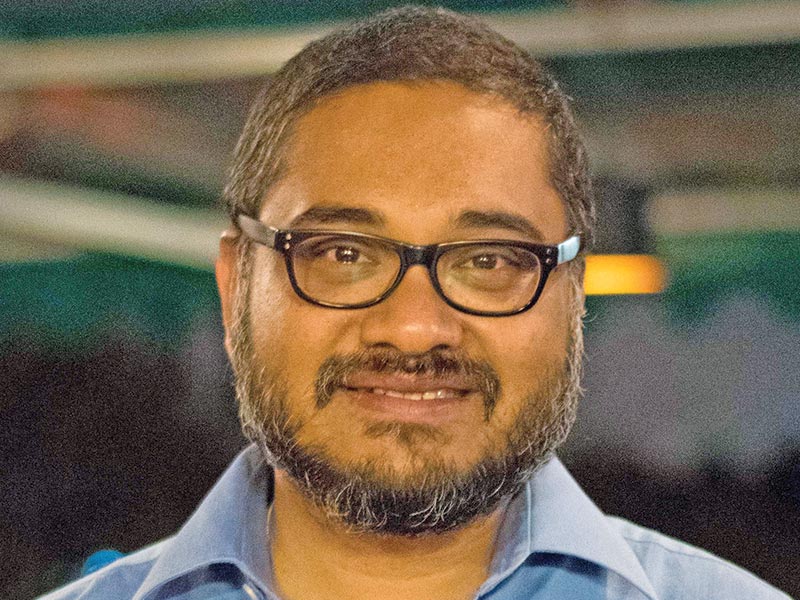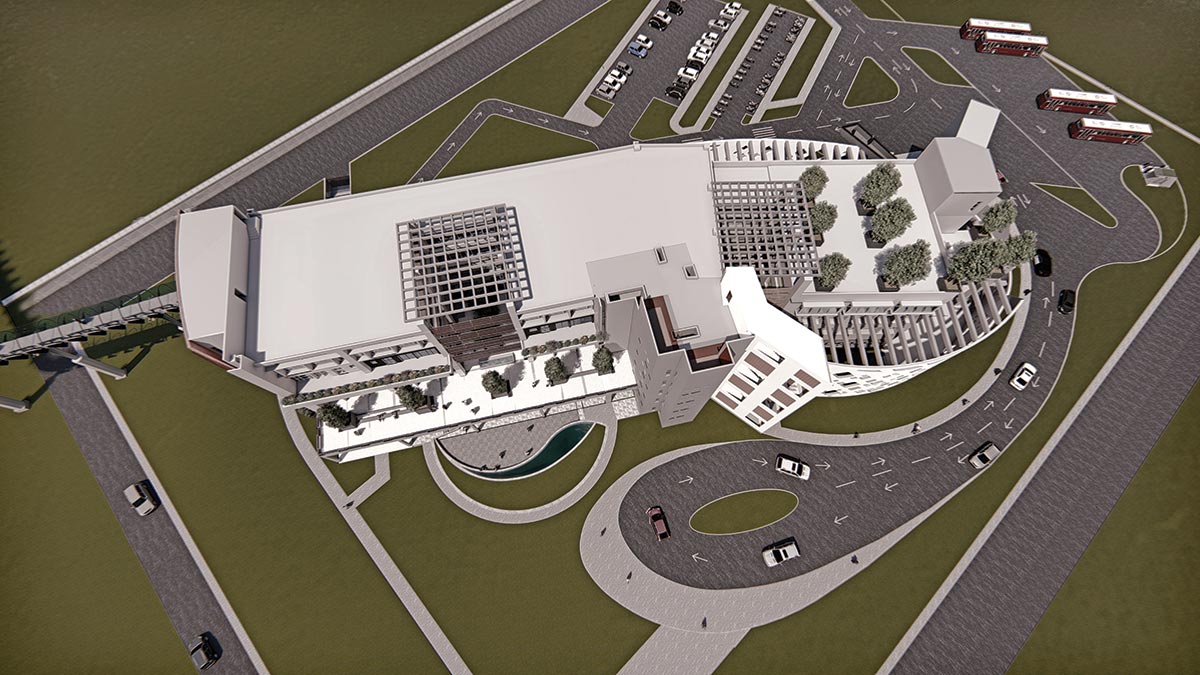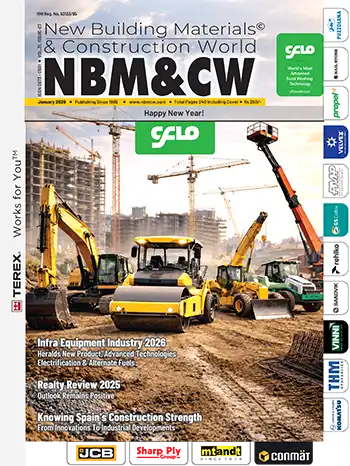
The ‘world is flat’ phenomenon is applicable to the profession of architecture and today we can see that Indian architecture is influencing global architecture and not just vice versa. As a global culture, we are each looking at multiple scenarios around the globe to see best practices, to understand how they operate, how they influence behaviour, in addition to understanding the impact on the environment and society at large.
In our opinion, the two major influencers on the changing face of architecture’ in India are advancement in building technology and the other is conservation and sustainable practices as a driving force for design and innovation. The advancements being made in building technology has played a significant role in allowing architects to drive innovation in exploration of architectural forms and usage of materials, for creating landmarks, which are a reflection of the aspirations of a globally exposed clientele and the expression of the designer which transcends pure functionalism.
Architects need to re-think the way the cities and towns can house 1 billion people in our country. In the INDC (Intended Nationally Determined Contribution) submitted by India at the United Nations Framework Convention of Climate Change at Paris, it states that, ‘it is estimated that more than half of India of 2030 is yet to be built.’
Architects today are more engaged with the idea of optimization of resources and thus becoming a part of the present global narrative of design, keeping in mind the needs of the present and of the future generations.

Catia has enabled architects like Frank Gehry to build what was considered to be impossible. As long as technology does not overshadow the Art, BIM or AI will not be an impediment to the creative process.
Technology such as GPS, drones, digital prototyping, 3d printers, virtual reality etc have allowed architects to come up with unique solutions and resolve complex building geometries, and make the transition from visualization to execution possible. With technology, we are also able to foresee problems, resolve and build in adverse conditions. Mistakes commonly made due to human error are avoided many a times through use of technology. VR has allowed architects to look and experience the details more closely before actual execution at site.
New composite products that have minimal environmental impact are constantly emerging, and at the same time, the age-old materials have definitely seen a comeback
Though traditional materials like mud, bamboo, timber etc never went out of fashion, their use was economised as industrial material took precedence because of its abundance and economics. However, industrial materials in comparison to traditional materials were inferior when it came to their environmental impact. Traditional materials were more in line with the concept of cradle to cradle. Currently, with innovation and advancement in technology, new composite products, which have minimal environmental impact, are constantly emerging in the market.
The present architecture philosophy is where we are not negating one for the other style. The eclectic nature of contemporary Indian Architecture is a fusion where representation of the building is based on the architect’s vision of what story the building needs to convey.
Traditional building methods or technologies, in addition to the age-old materials, have definitely seen a comeback in the last decade as more architects are digging into deciphering the rich and vast knowledge of our heritage buildings, and reinterpreting the same in conjunction with current technologies.
 Office of Karnataka Power Corporation at Raichur Thermal Power Stataion
Office of Karnataka Power Corporation at Raichur Thermal Power StataionPrefab construction can be both limiting and liberating, depending on what one is trying to build.
There has not been sufficient study to understand the Life Cycle Impact of raw materials required for Drywall and for masonry. In addition, the important question is, do we even have enough material for both for the next 100 years, or is the raw material quantity diminishing? Construction of masonry walls and plastering does not typically require very highly skilled labour and thus what will be a norm in the coming years will be purely dependent on the economics of each.
With respect to Precast and PEB, they may become the norm as the way forward is to depend less on skilled labour. Precast can be both limiting and liberating at the same time, depending on what one is trying to build. For example, precast can limit the sizes and forms as it is determined by the limitations of the factory standards.
People now want to go back to the roots.
With globalisation, the world has seen an overdose of a global collective culture. The roots of each culture are now influencing the architectural vision and building technology and enabling sharing of the rich traditional knowledge. Roots are not limited to a specific culture or community but understanding of roots at a grassroot level or tracing them back to how we as a species lived in harmony with Nature, is critical to understand.
Involvement of Architects beyond building for resolving larger Urban Issues
Architects can and should be involved in the building of the nation beyond buildings. Architecture is a social profession and we can shape not just the buildings but can also shape the cities we live in.
Architects will be seen working in collaboration with industries supporting Building Design and Construction to innovate design for shelter and supporting building types for the Lower Income Group, for climate change related disaster relief population, and for refugee population.
The challenge for a designer today, in addition to providing a shelter, is to engage the occupant’s tactile sensory organs be it a HIG or an LIG, in addition to the form, the materiality and ease of construction. Today, more than ever, we see buildings as objects that tell a story of its time, its place, and its influence on the way people live and work.















